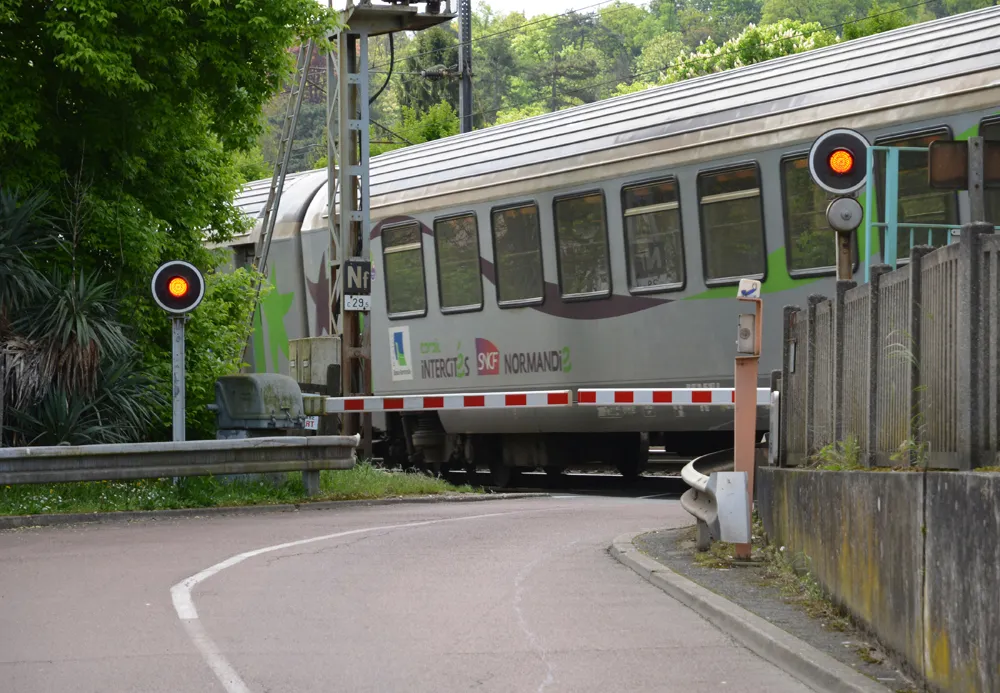Dr. Michael Hafner, head of drive technologies and automated driving at Daimler, says: “This approval from the Baden-Württemberg authorities sets a precedent for obtaining approval in the future for the parking service in parking garages around the world.”
Bosch says the driver can use a smartphone app to send the car to a space at the
Bosch sensors in the garage provide information to guide the vehicle. The technology in the car is expected to convert the commands from the infrastructure into driving manoeuvres, allowing them to drive up and down ramps to move between levels in the garage. The vehicle will stop immediately if the infrastructure sensors detect an obstacle, the company adds.
The Stuttgart regional administrative authority worked with the state of Baden-Württemberg’s transportation ministry and technical inspection service
Bosch and Daimler get driverless parking approval
Bosch and Daimler have obtained approval to operate an automated parking system that requires no safety driver in Stuttgart, Germany.
July 29, 2019
Read time: 1 min









